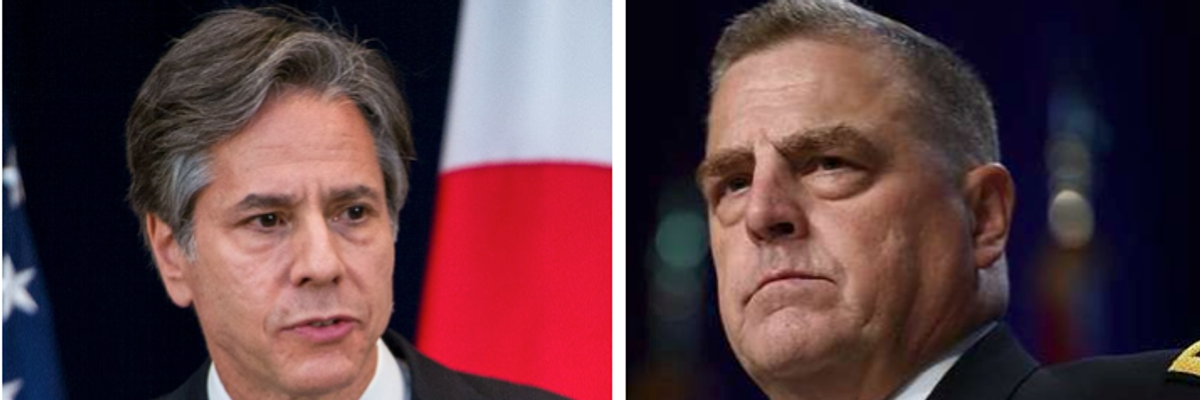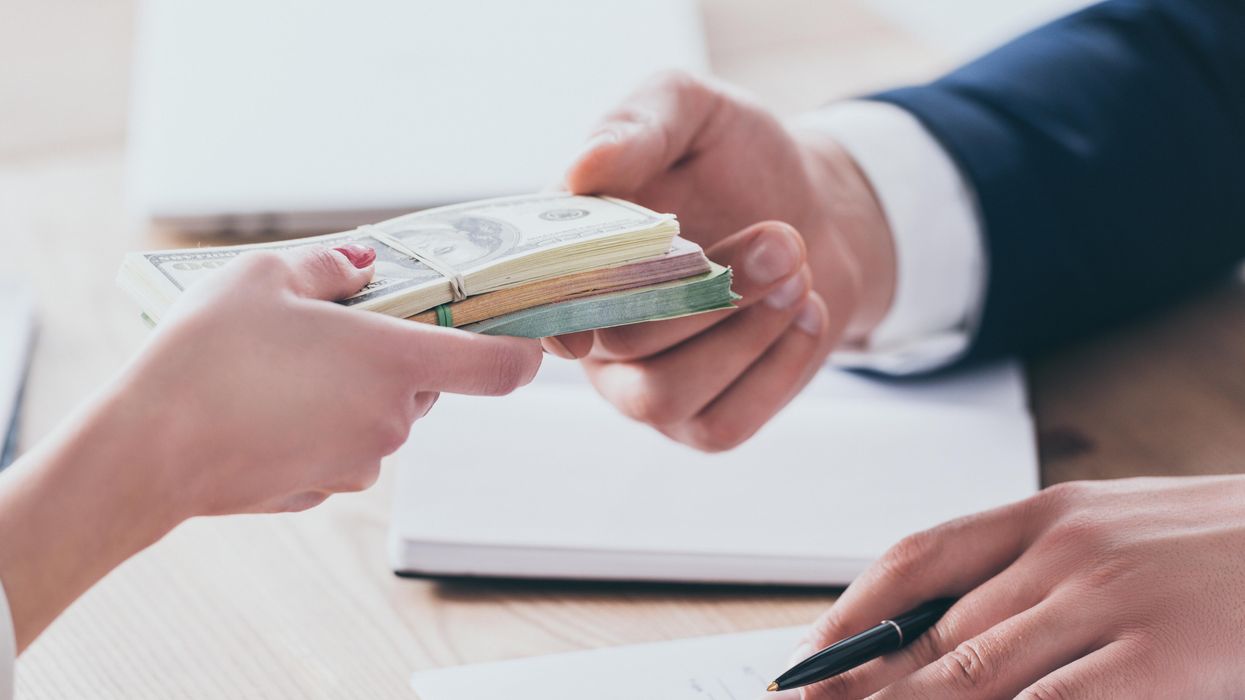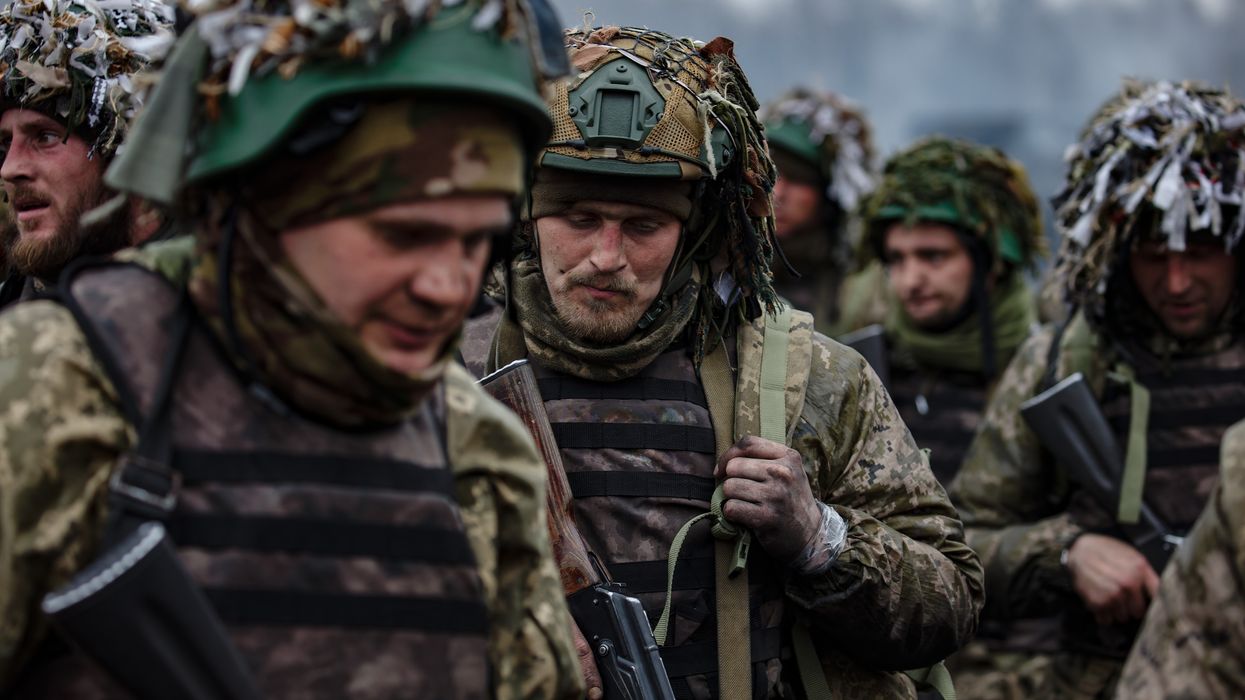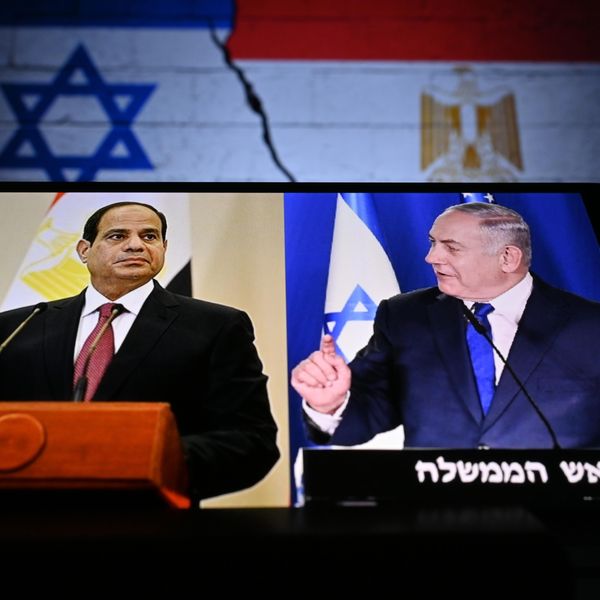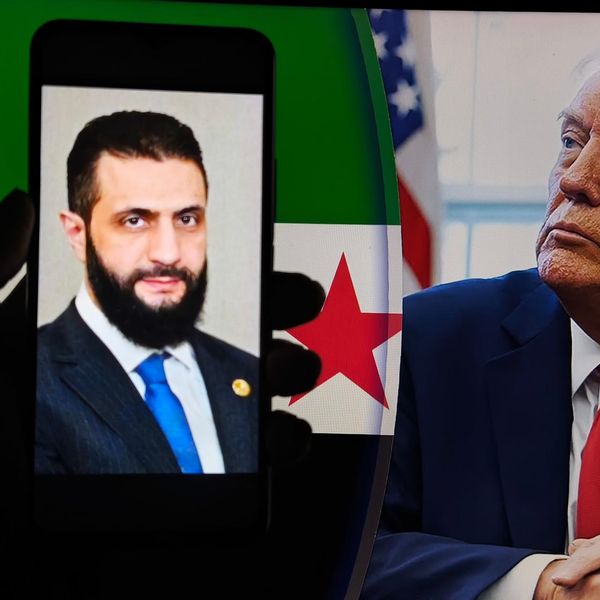Throughout modern American History, hawkish military officials have often been frustrated by the caution of civilian leadership. Military brass had little respect for President John F. Kennedy’s reluctance to use nuclear weapons against the Soviet Union. Gen. William Westmoreland chafed at the restrictions President Lyndon Johnson set on his air war in Vietnam.
This is reportedly not the case today. In a recent report about the growing U.S. willingness to cross Russian red lines by supplying Kyiv with ever more escalatory weapons, the Washington Post tells us that “inside the Biden administration, the Pentagon is considered more cautious than the White House or State Department about sending more sophisticated weaponry to Ukraine.”
It’s part of a peculiar trend evident throughout the war in Ukraine, where in a dramatic reversal, U.S. military officials appear more often on the side of restraint than their civilian counterparts.
Last November — only two weeks after a blizzard of hawkish attacks from media pundits and politicians led progressives in Congress to retract and disavow their letter calling for stepped-up diplomatic efforts — saw Gen. Mark Milley, the chairman of the Joint Chiefs of Staff and the highest ranking U.S. military officer, publicly urge Ukraine to “seize the moment” and move to the negotiating table before winter set in.
According to reporting from CNN and the New York Times, his speech reflected his private advice to President Joe Biden, advice that received pushback from top White House advisors who believed Kyiv should keep fighting — including national security advisor Jake Sullivan and Secretary of State Antony Blinken, who is Washington's senior diplomat.
“[M]ost of the top diplomatic and national security officials are wary of giving Russian President Vladimir Putin any sort of leverage at the negotiating table,” CNN reported at the time, with one official relaying that the State department, meant to be the driving engine of U.S. diplomacy, was “on the opposite side of the pole from Milley.”
Biden’s National Security Council — comprised mostly of former speechwriters, presidential aides, lawyers, State Department officials, and others with non-military backgrounds — was “the most resistant to the idea of talks,” Politico reported, while Milley’s more dovish remarks “echoed a broad sense inside the Defense Department that the coming winter provides a chance to discuss reaching a political settlement to end the war,” with senior military officials doubtful Kyiv would force Russian forces from the territory they had seized.
In a separate report, an official close to Milley explained the four-star general was motivated by worries about the war escalating. When Sullivan publicly contradicted Milley and assured the public Kyiv would not seek to negotiate, former U.S. Ambassador to Ukraine Bill Taylor, now at the U.S. Institute of Peace, called it “very welcome.”
All of this was only two months after what we now know, thanks to the Discord leaks of classified Pentagon documents, was a dangerously close call between Russian and British aircraft, which could have sparked a direct Russia-NATO conflict had it not been for a fortuitously timed malfunction.
This appears to remain the case. As recently as this past February, Milley reiterated that the war will end at the negotiating table, insisting that there was “a rolling window” for diplomacy and “opportunities at any moment in time.” By contrast, just last week Blinken gave a speech denigrating a growing global push for ceasefire, arguing it would “legitimize Russia’s land grab” and “reward the aggressor and punish the victim.”
This stance isn’t limited to Milley. Only a few weeks before the political firestorm that engulfed Congressional progressives’ letter, retired Adm. Mike Mullen, himself the former chairman of the Joint Chiefs of Staff, spoke about the need for diplomacy.
Calling Russian president Vladimir Putin a “dangerous” and “cornered animal” in light of Ukraine’s bombing of the Kerch Bridge in Crimea, Mullen said his nuclear threats should be taken seriously, and that it all pointed to the need to negotiate, warning that Washington needed to “do everything we possibly can to try to get to the table to resolve this thing.”
Insisting that all wars end in negotiations — “the sooner the better, as far as I’m concerned” — Mullen suggested the four eastern Ukrainian provinces Putin had illegally annexed a month earlier could form part of an “off-ramp” for him.
This stood in stark contrast to the rhetoric of both civilian officials and media commentators, with many of the latter insisting to this day on a policy of total military defeat for Russia, and even inducing the country’s break-up. At the time and since, there was widespread insistence that Putin’s nuclear threats were a mere bluff to be safely dismissed, that negotiation is akin to surrender, and that Ukraine should fight until it had regained all of its lost territory.
Just months earlier, Sullivan had said the administration’s goal was ensuring the invasion was a “strategic failure” for Putin, which would see “Russia pay a longer-term price in terms of the elements of its national power.” A few months before that, when the war had virtually just begun, historian Niall Ferguson reported that a senior administration official had been overheard saying that “the only end game now” was “the end of the Putin regime,” words echoed by Biden’s own off-the-cuff remark the same month that Putin “cannot remain in power.”
At the same time that many in the West cheered the destruction of the Kerch Bridge in Crimea, it was senior intelligence and military officers who raised the alarm to Newsweek’s William Arkin. “The very conditions that Putin has told us might justify nuclear escalation are emerging,” warned one. “What would drive him to use nuclear weapons, not what would satisfy some Washington pundit, is the question we should be seized with,” said another.
The task now, a third official said, was “to craft an out for him,” because “the good of the planet at this point is more important than the defeat and humiliation of a single nuclear madman.”
This was all back in October 2022. Since then, under Biden and his civilian advisors’ leadership, U.S. involvement in the war has only deepened, with Washington sending weapons like tanks and fighter jets that it had earlier considered far too escalatory to provide, giving Kyiv the green light to attack within Russian borders, and officially okaying Ukrainian attacks on Crimea even as the administration acknowledges this is could trigger the use of a nuclear weapon.
This isn’t the very first time this century that top military officials have pushed back against civilian leaders’ war plans. Adm. William J. Fallon, then the commander of U.S. Central Command, resigned in 2008 after resisting what he called the Bush administration’s “drumbeat of conflict” with Iran in favor of diplomatic engagement.
And it’s not as if Pentagon officials have all suddenly turned into doves. Kyiv’s attacks inside Russia received the tacit endorsement of the U.S. military, for instance.
But the fact that these same military officials are more favorable to diplomacy and concerned about escalation than their civilian counterparts suggests just how radically the political center of gravity has shifted on matters of war and peace under the Biden administration. As the New York Times informed us in a September 2022 report, the president “often reminds his aides” that “we’re trying to avoid World War III.”
Sixty years on from Kennedy’s tussle with his military brass, it seems it’s no longer civilian leadership who are the voices of restraint, but rather the ones who need restraining.

